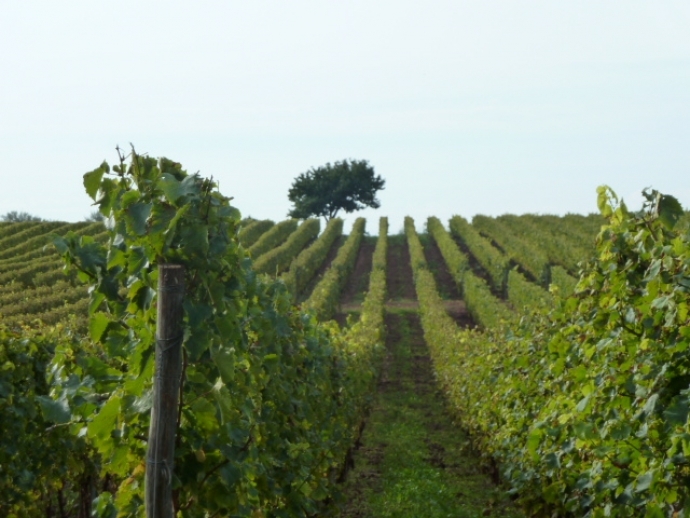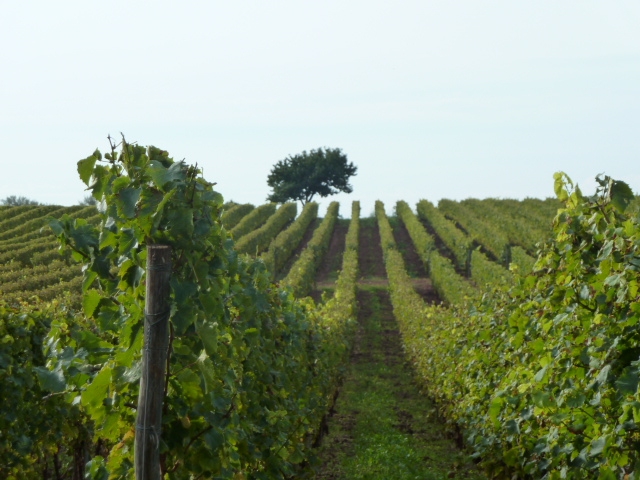
Malvazija Istarska (Malvasia Istriana) is one of the oldest and best known autochthonous grape varieties in Croatia. Grown mostly in Istria and the northern section of Croatian coastline (so-called Primorje, not Dalmatia) since the times of the ancient Greeks, it is one of the earliest varieties that were recorded in a written document: in 1385 the physician Bartolo requested the Grand Council for a permit to purchase 5.5 litres of Malvazija wine. Its genetic origin is not fully understood, although the testing performed thus far has not shown direct genetic linkage to any of the Greek varieties.
The Greek origin is presumed because of the name of the variety, which can be linked to the Peloponeze port of Monemvasia, which was a major wine-export centre in the ancient times. However there are a lot of different and genetically separate varieties of wine in the Mediterranean that have the same (or very similar) name, including the variety Malvazija Dubrovačka, which you can find in the southernmost part of Croatia’s seaside. Also, if you want to try the various “malvazijas” Croatian seaside has to offer, take a note of this: a variety known in Croatia as Maraština or Rukatac (the latter is mostly used on the Dalmatian islands) is genetically equal to the Italian variety known as Malvasia del Chianti!
Nowadays, Malvazija Istarska accounts for the majority of plantations in Istria, and is the predominant white wine in the area. The quality of the grapes and the wine depends on the terroir greatly, and it is recognized that the highest quality wines of this variety are made in the Buje region of Istria. The wine is bright yellow with a greenish hue. The bouquet is quite fruity, reminiscent of acacia flower, green apple and almond, and the taste is fresh and quite mineral.
Malvazija offers different options to the expert-winemaker, allowing him (or her) to macerate it or not, age it in a barrel, stainless-steel or bottled, offering quite varied final results. The usual alcohol content is between 11.5 and 14%, and the acidity quite low. So, young and fresh Malvazija will be an easy drinking wine for parties, while the more seriously matured barrique will complement seafood, high-quality fish on grill and stove-cooked meals best after 3-5 years. During good years and on the best of locations the grapes can be left to collect higher sugar concentrations, thus producing excellent dessert wines. The producers are numerous, and the most notable ones are Matošević, Kozlović, Meneghetti, Cattunar, Roxanich are the high-end picks, but also the mass-produced Vina Laguna Malvazija Festigia is worth a try.











